[ENG]
It will not be an exaggeration to say that the church of the Holy Apostles Peter and Paul in Tyniec is the most beautifully located church not only in Krakow, but also throughout Poland. It's hard to argue with this, because on a limestone rock several dozen meters high, right on the bank of the Vistula River, on its bend, the "oldest Polish monastery" was erected. I've been to Tyniec dozens of times, because the abbey is located at the end of the most popular bike trail in Krakow, running from the very center along the Vistula River to Tyniec, but I've never had the opportunity to go there for a Sunday mass. This weekend I had to take my fiancée's brother to Rączna for a football match. It so happens that the collection before the match and the warm-up takes more than an hour, so I quickly checked if I had time to jump to the neighboring Tyniec. Apparently yes and apparently not, because it turned out that I would be about 15 minutes late, but it's hard, it's worth a try. I estimated 15 minutes, and in the end it was 20 minutes late, but as soon as I ran into the church, I realized that it's not bad, the liturgy didn't escape me that much. Everything became clear very quickly, so the Sunday mass at the Benedictines in Tyniec is very, very slow. Latin chants, slow, focused reading of the gospel, numerous symbolic gestures, such as incensing the Holy Scriptures, which are no longer seen every day during ordinary Sunday masses, meant that the entire mass lasted over an hour and 15 minutes. Apparently, the life of the monks from Tyniec has a different, slower rhythm than that of priests from the center of Krakow.
[PL]
Nie będzie przesadą, jeśli powiem, że kościół pod wezwaniem Świętych Apostołów Piotra i Pawła w Tyńcu to najpiękniej położony kościół nie tylko w Krakowie, ale i całej Polsce. Ciężko z tym dyskutować, bo na kilkudziesięciometrowej wapiennej skale tuż nad brzegiem Wisły na jej zakolu wzniesiono „najstarszy polski klasztor”. W Tyńcu byłem już dobre dziesiątki razy, no bo opactwo leży na końcu najpopularniejszego w Krakowie szlaku rowerowego biegnącego z samego centrum wzdłuż Wisły aż do Tyńca, ale nigdy nie miałem jeszcze okazji trafić tam na niedzielną na mszę. W ten weekend musiałem zawieźć brata narzeczonej do Rącznej na mecz piłkarski. Tak się składa, że zbiórka przed meczem oraz rozgrzewka to ponad godzina czasu, więc szybko sprawdziłem czy zdążę skoczyć do sąsiedniego Tyńca. Niby tak i niby nie, bo wychodziło na to, że spóźnię się jakieś 15 minut, ale trudno, warto spróbować. Oszacowałem 15 minut, a finalnie wyszło 20 minut spóźnienia, ale gdy tylko wpadłem do kościoła to zdałem sobie sprawę, że nie jest źle liturgia wcale nie uciekła mi tak bardzo. Wszystko wyjaśniło się bardzo szybko, otóż niedzielna msza u Benedyktynów w Tyńcu jest bardzo, bardzo niespieszna. Łacińskie śpiewy, powolne, pełne skupienia czytania ewangelii, liczne symboliczne gestów, takie jak okadzanie Pisma Świetego, których już na co dzień nie widuje się w trakcie zwykłych niedzielnych mszy, sprawiło że cała msza trwała ponad godzinne i 15 minut. Najwyraźniej życie zakonników z Tyńca płynie innym wolniejszym rytmem niż księży z centrum Krakowa.
[ENG]
Returning to the monastery, it is worth mentioning that its history probably dates back to 1044 when Casimir I the Restorer, after the crisis of the still young Polish state caused by the rebellion of pagans and the Czech invasion, decided to bring the Benedictine order to Poland, who were to help rebuild the foundations of the state and the Church. At that time, only a three-nave basilica and several monastery buildings were erected here. Due to its unusual location on a hill, the monastery also had defensive functions. For this purpose, in the first half of the 13th century, the monastery was surrounded by a stone wall. However, it did not help, because the Tatar invasion of 1259 destroyed the monastery. The ruin in Tyniec apparently did not last long, because as the Polish chronicler Jan Długosz mentioned, the Tyniec Benedictines had estates consisting of "a hundred villages and five towns", so there was someone to rebuild the monastery. The new monastery in the Gothic form was built in the 15th century, and the church owes its present shape to the reconstruction of the years 1618-1622, when it was given a more baroque character. and to make matters worse, in 1831, a fire broke out on the Tyniec Hill due to a lightning strike, destroying most of the buildings. The first attempts to rebuild the monastery took place after World War II and lasted until 1961.
Address:
st. Benedyktyńska 37
30-398 Krakow
Website:
Masses on Sundays and celebrations:
6:30, 8:30, 10:30 - with the participation of the community of monks, 12:30, 18:00
https://opactwotynieckie.pl/
[PL]
Wracając do klasztoru warto wspomnieć, że jego historia sięga prawdopodobnie roku 1044 kiedy to Kazimierz I Odnowiciel po kryzysie młodego jeszcze państwa Polskiego wywołanego poprzez bunt pogan oraz czeski najazd postanowił ściągnąć do Polski zakon Benedyktynów, którzy mieli pomóc w odbudowie fundamentów państwa i Kościoła. Wówczas wzniesiono tutaj tylko trójnawową bazylikę oraz kilka klasztornych budynków. Z uwagi na swoje nietypowe położenie na wzgórzu klasztor pełnił również funkcje obronne. W tym celu w pierwszej połowie XIII wieku klasztor został otoczony kamiennym murem. Jednak na nic się to zdało, bo najazd tatarski z roku 1259 zniszczył klasztor. Ruina w Tyńcu najwyraźniej długo nie trwała, bo jak wspominał Polski kronikarz Jan Długosz benedyktyni tynieccy posiadali dobra składające się „ze stu wsi i pięciu miasteczek” więc było komu odbudowywać klasztor. Nowy klasztor w gotykiej formie powstał w XV wieku, a swój obecny kształt kościół zawdzięcza przebudowie z lat 1618–1622 kiedy nadano mu bardziej barokowy charakter.Kolejny kryzys dosięgł klasztor za sprawą Austriaków, którzy okupując terytorium polski w roku 1816 podjęli decyzje o likwidacji klasztoru, a na domiar złego w roku 1831 od uderzenia pioruna wybuchł na Tynieckim wzgórzu pożar niszcząc większość zabudowy. Pierwsze przymiarki do odbudowy klasztoru miały miejsce dopiero po II wojnie światowej i trwały do roku 1961.
Adres:
ul. Benedyktyńska 37
30-398 Kraków
Strona internetowa parafii:
Msze św. w niedziele i uroczystości:
6:30, 8:30,10:30 – z udziałem wspólnoty mnichów, 12:30, 18:00
https://opactwotynieckie.pl/
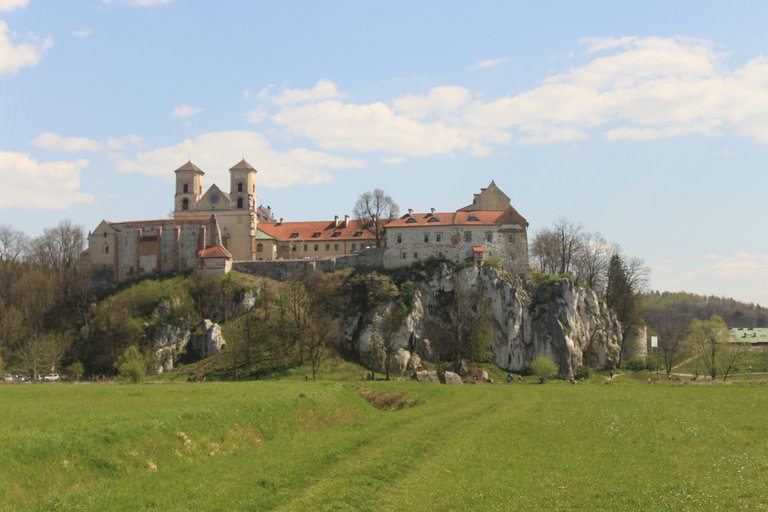
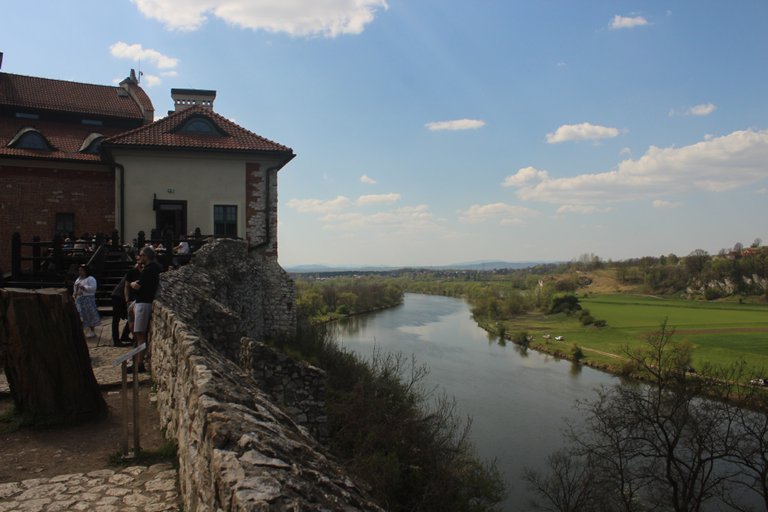
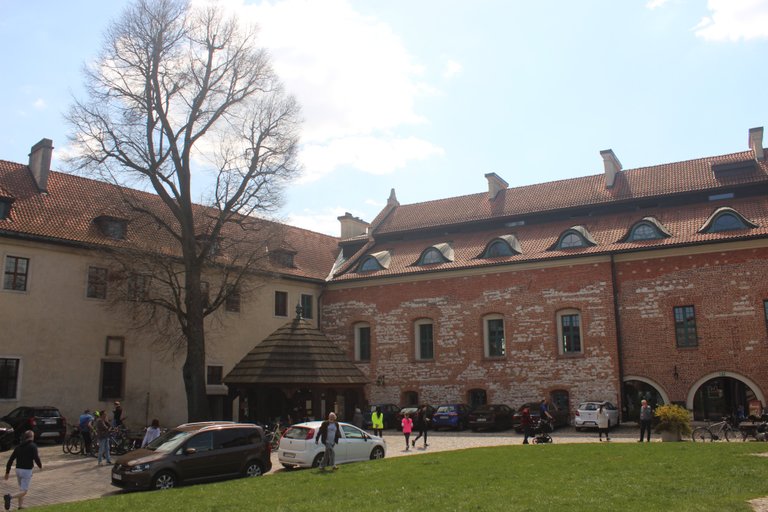
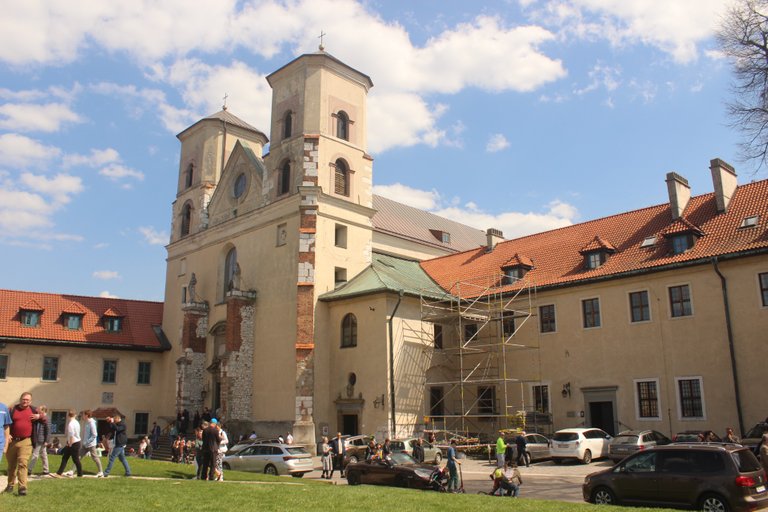
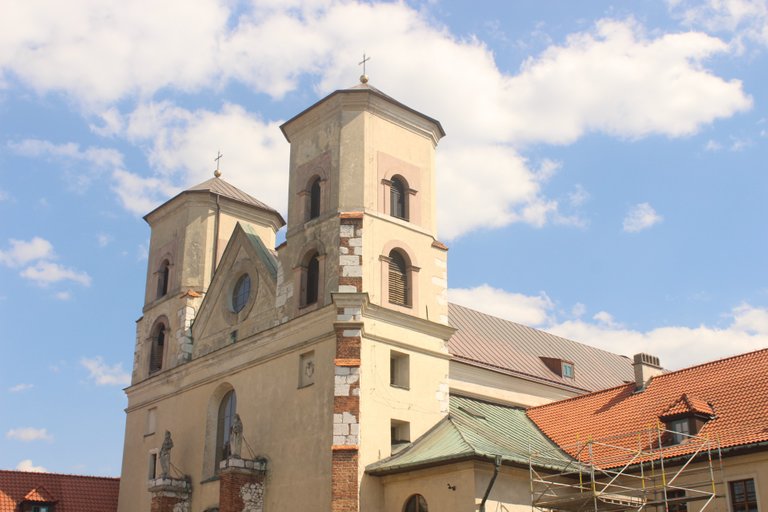
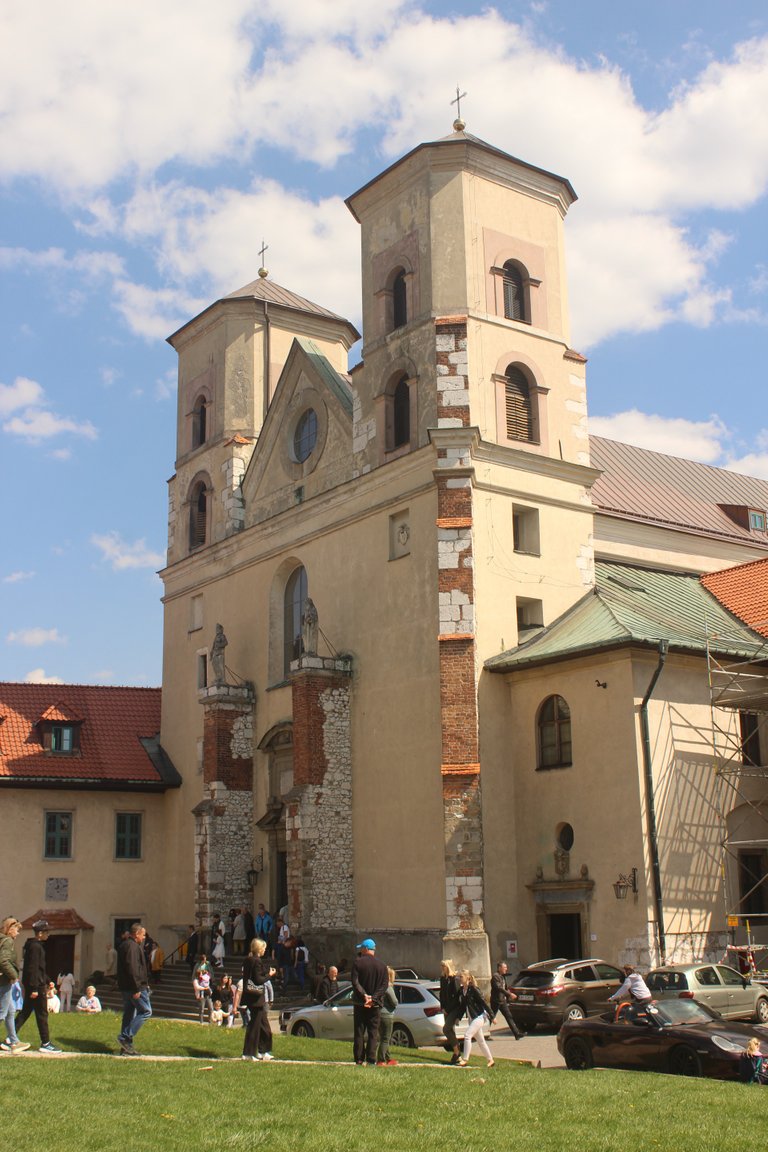
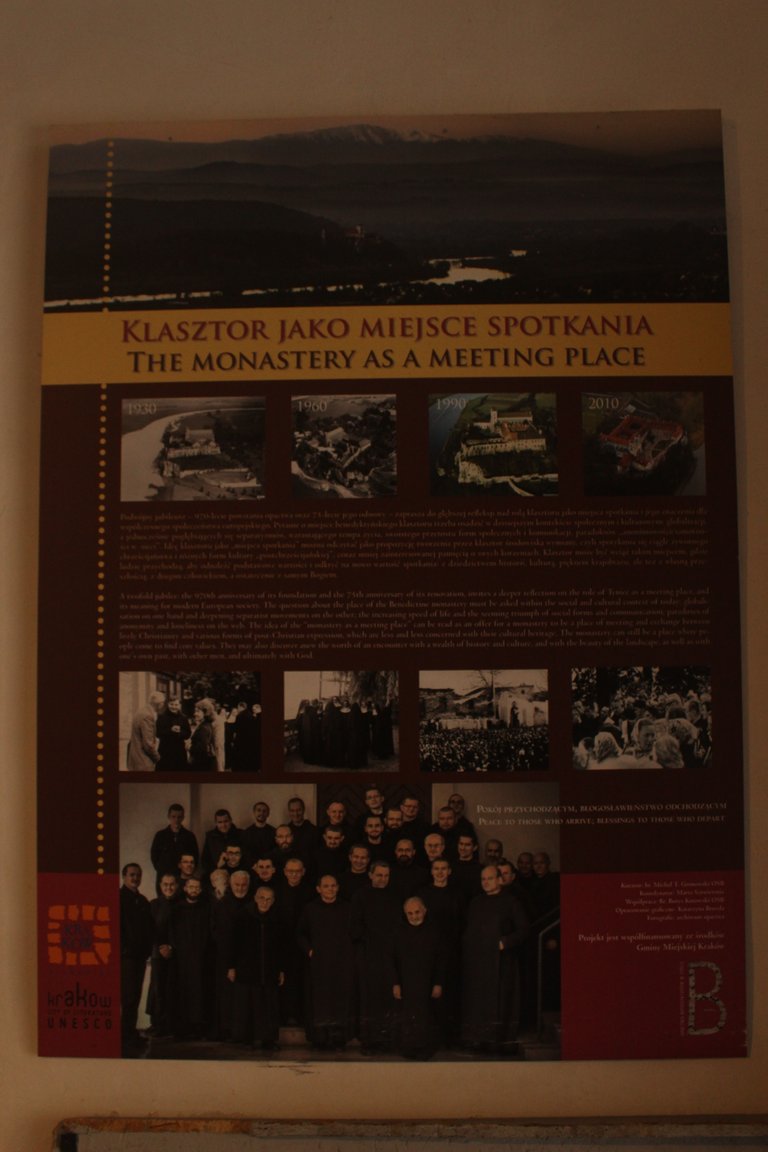
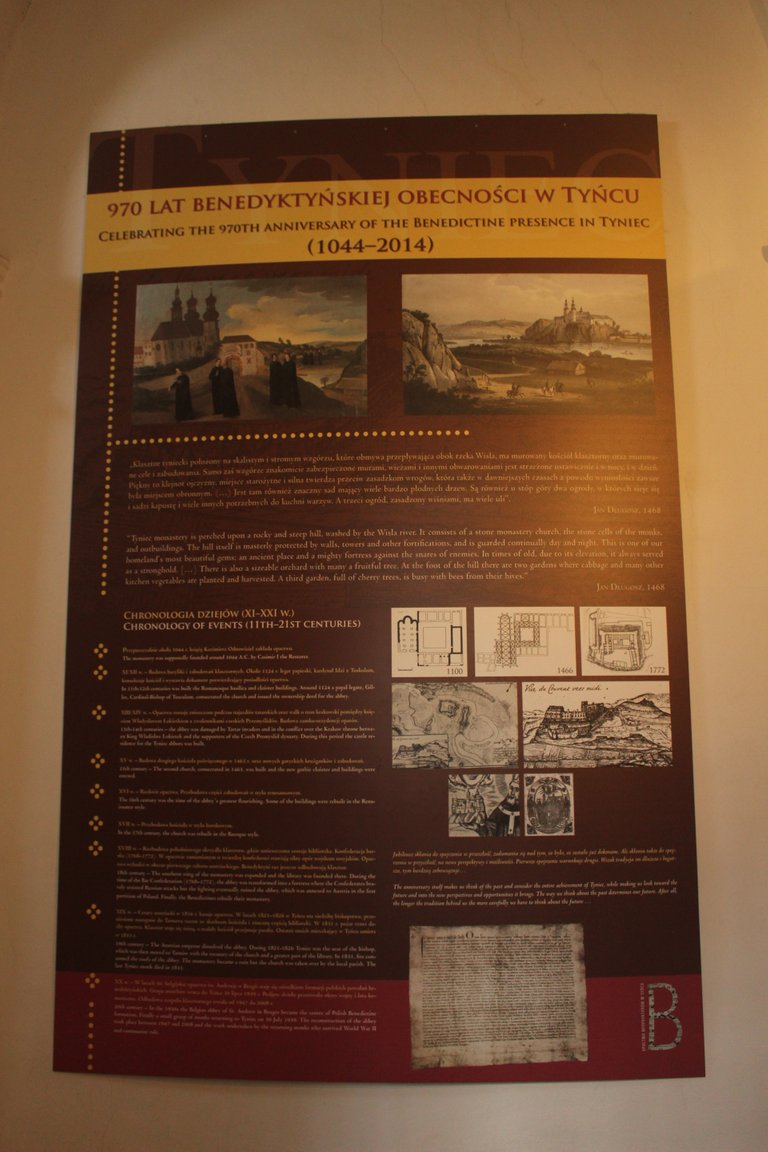
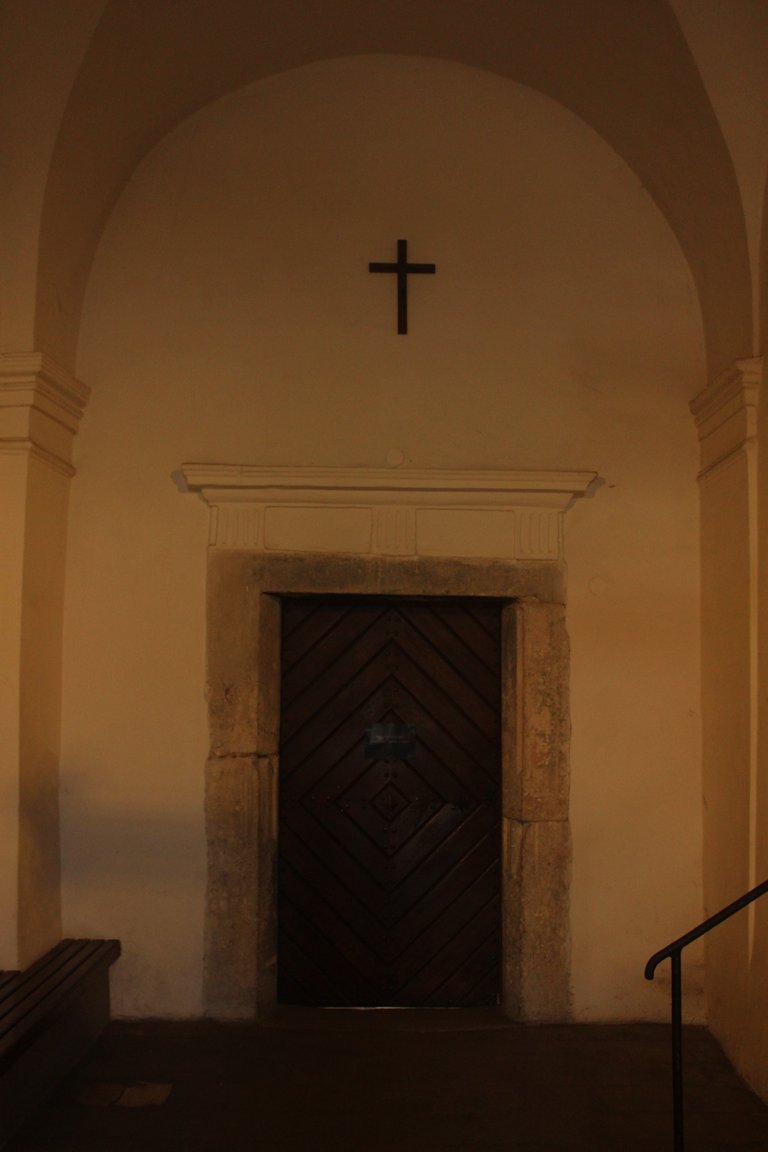
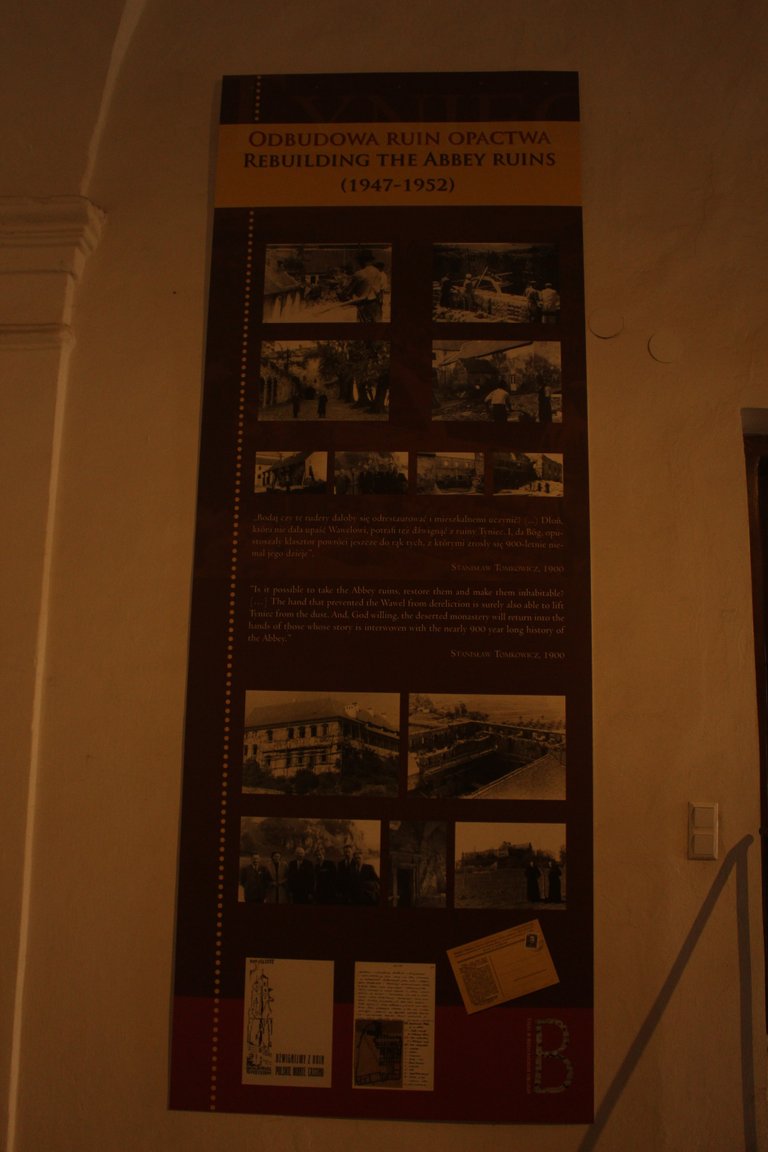
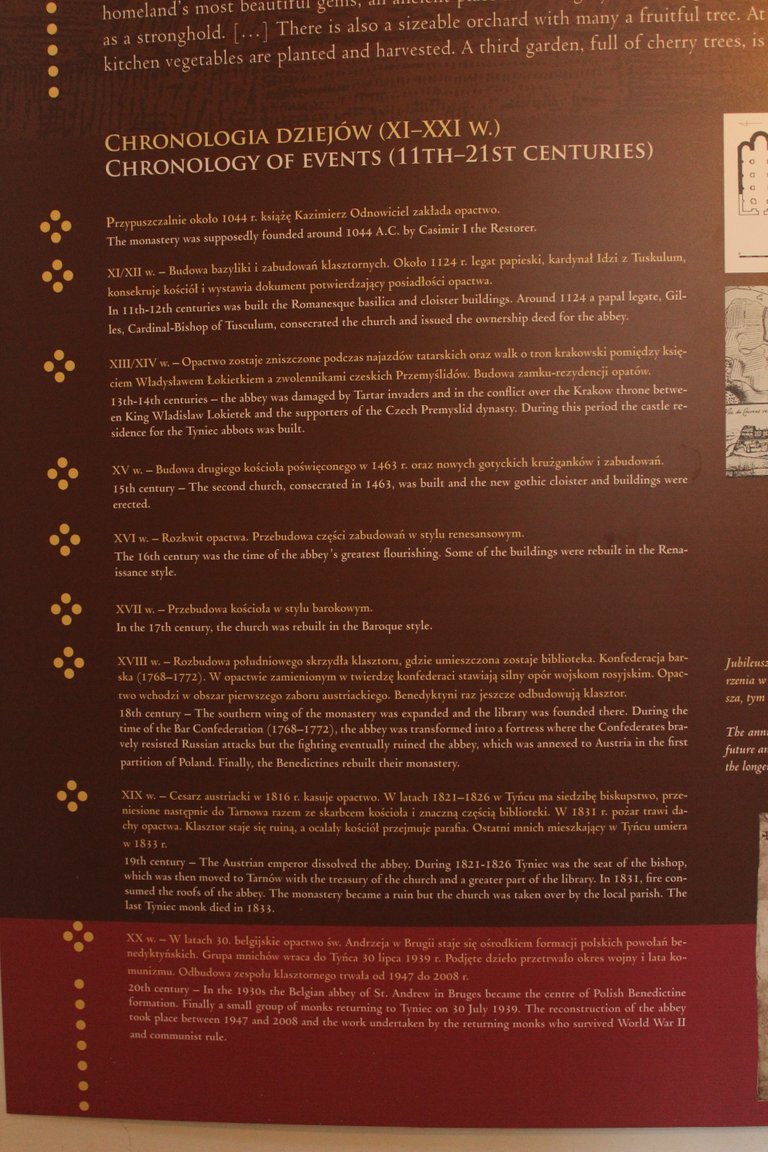
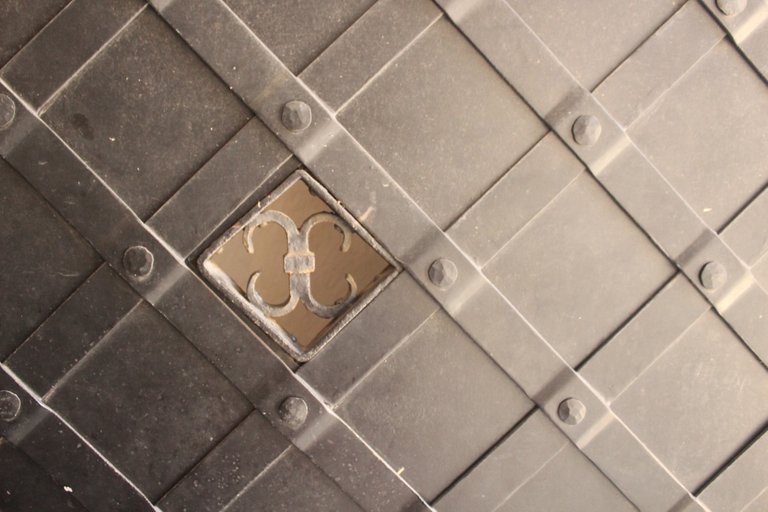
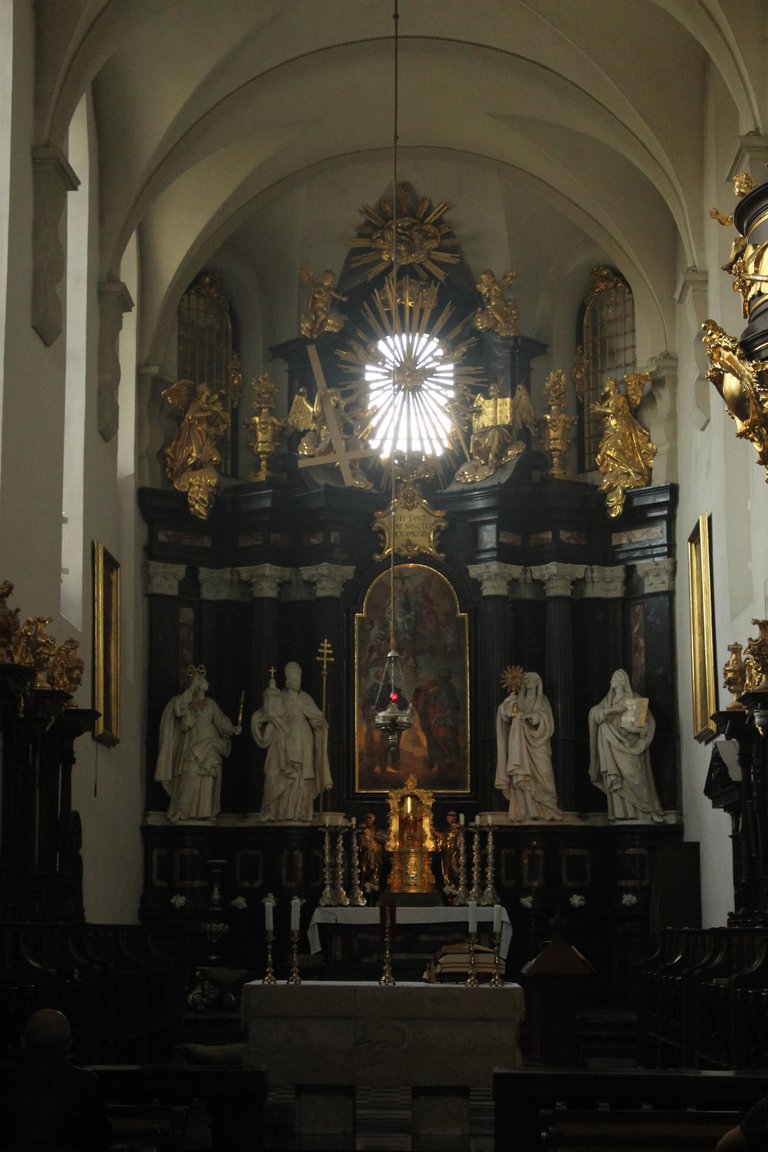
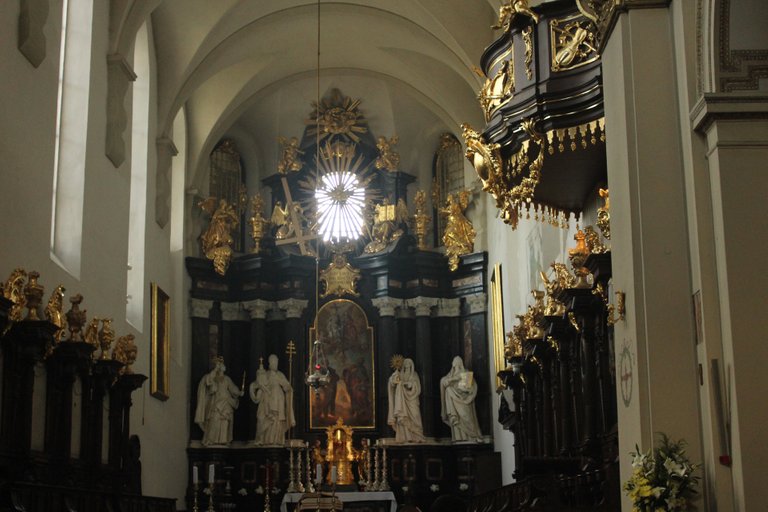
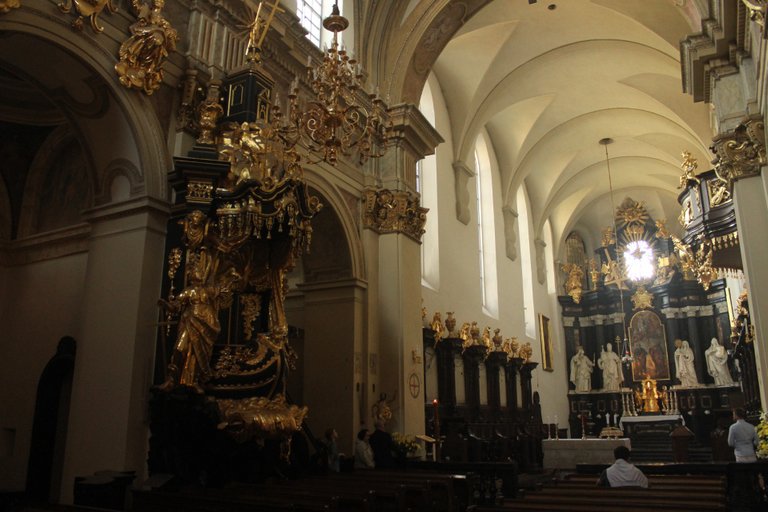
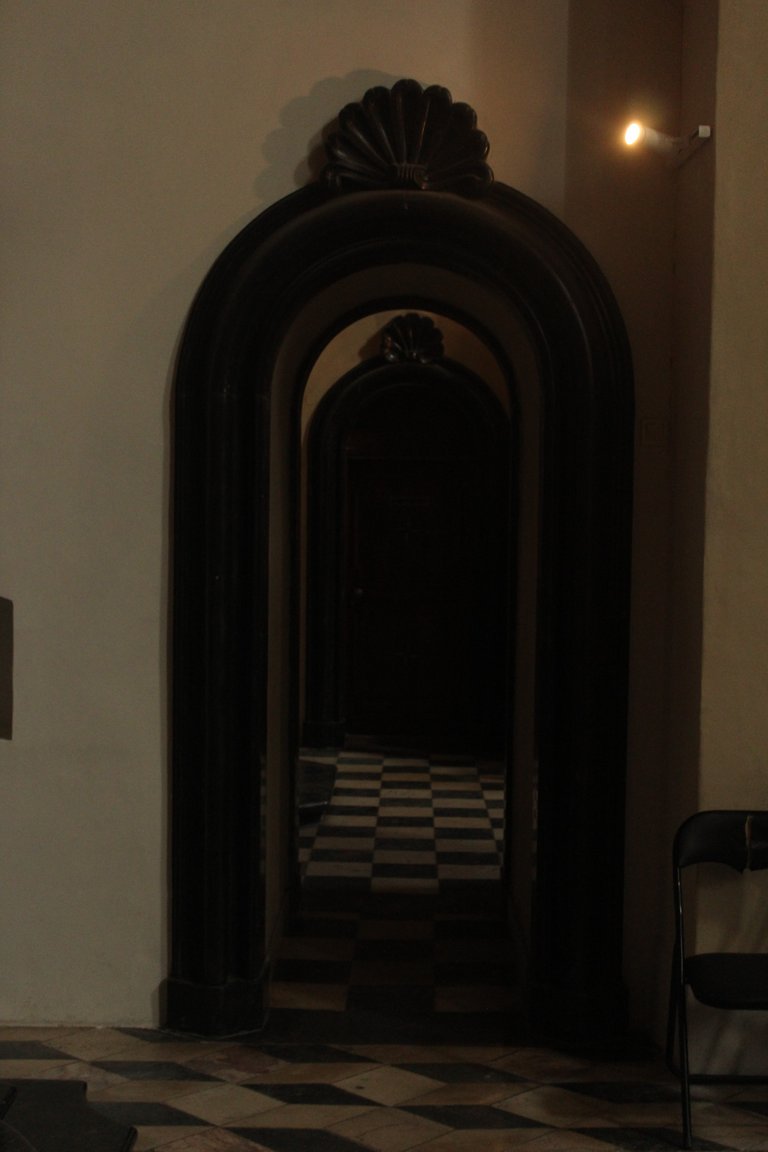
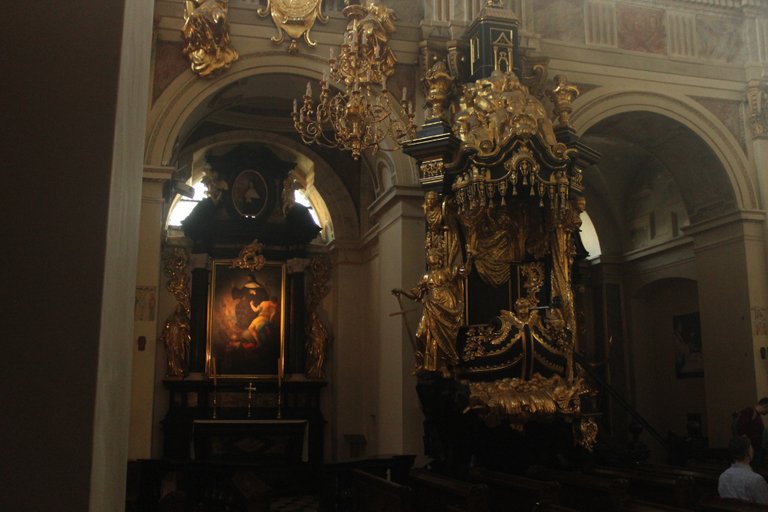
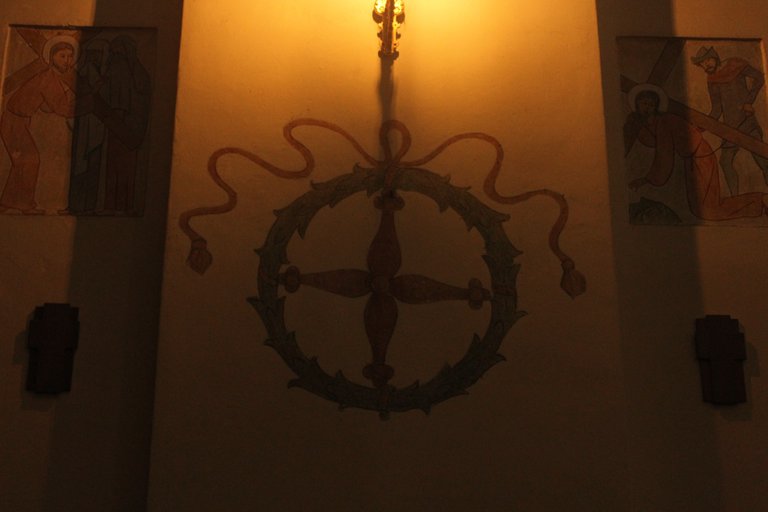
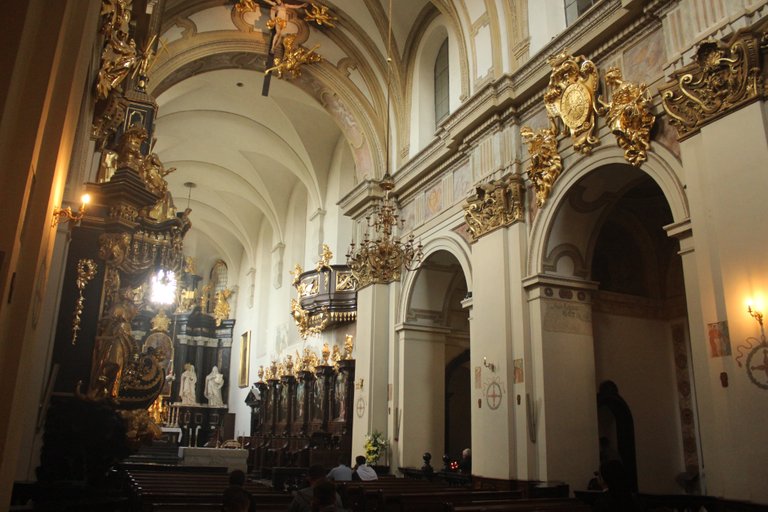
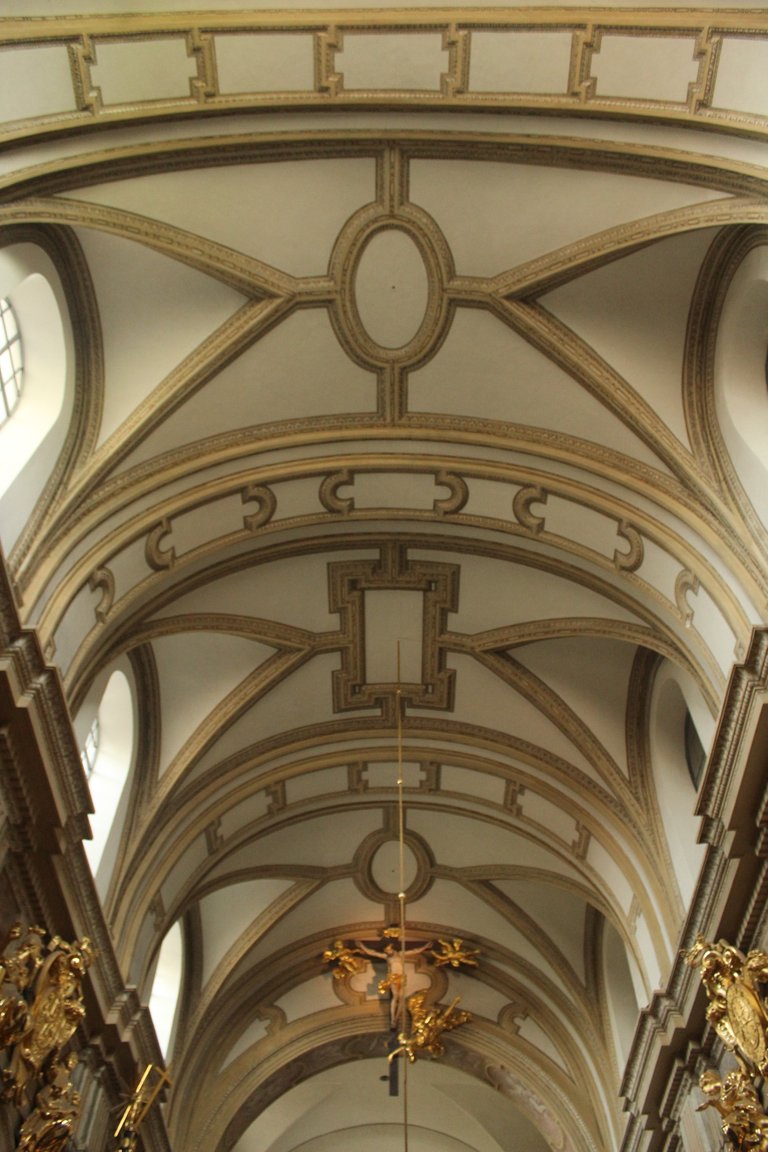
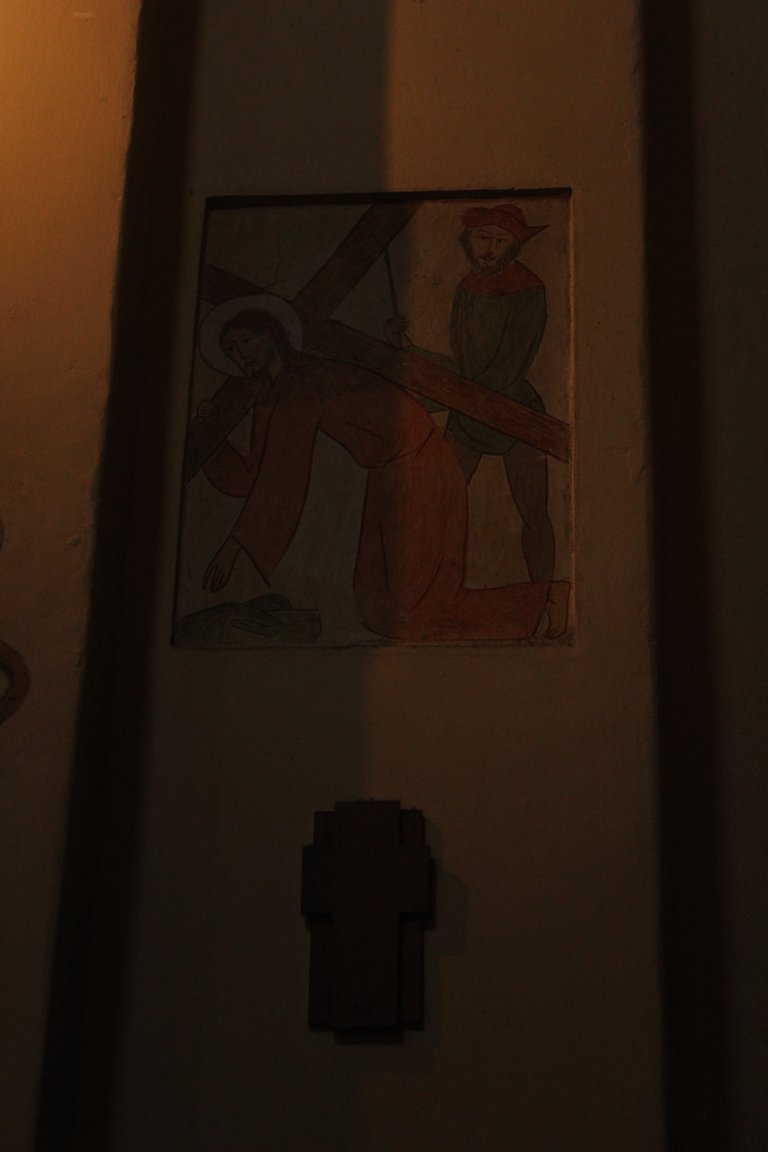
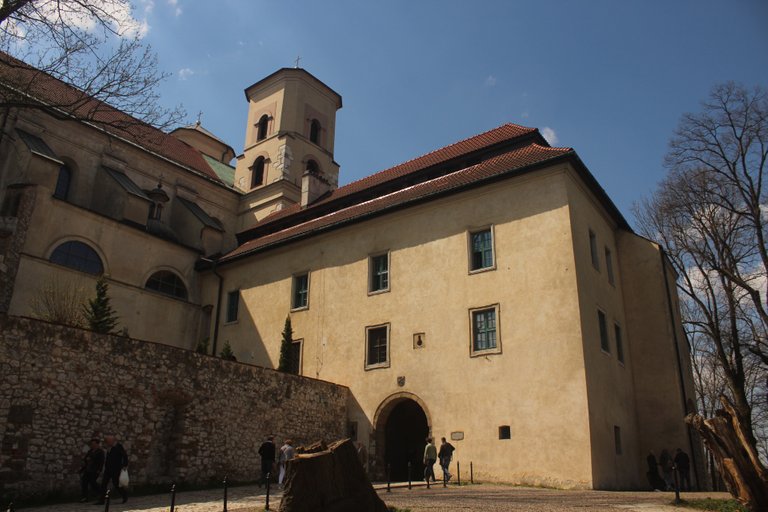
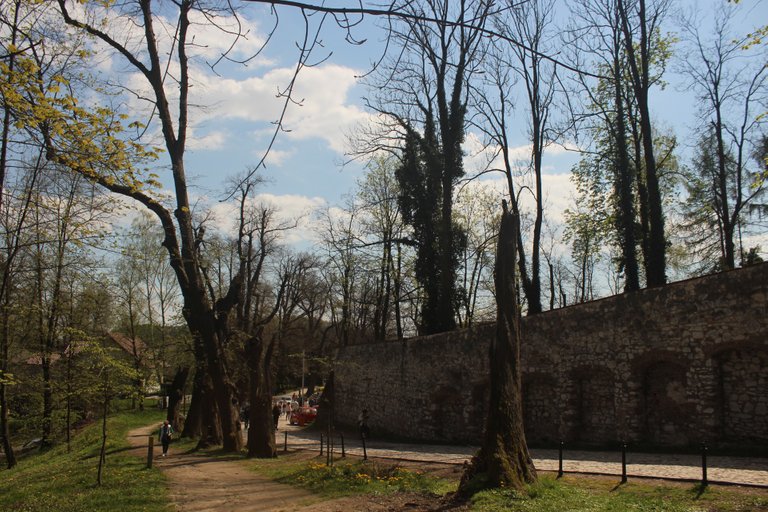
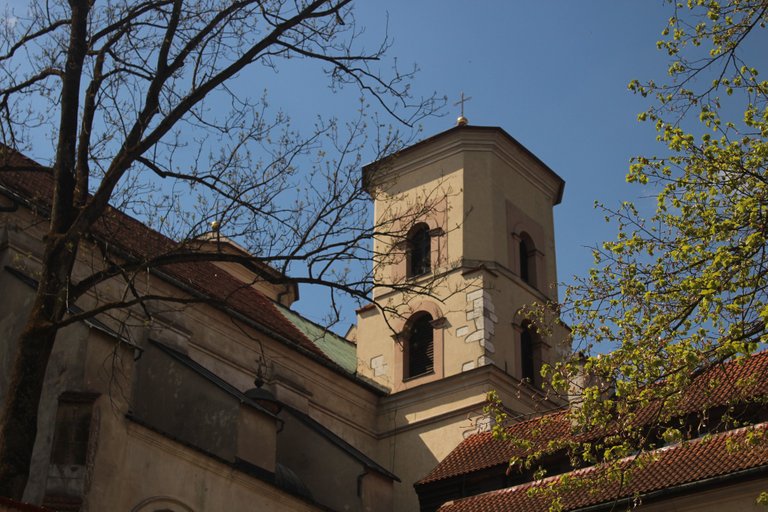
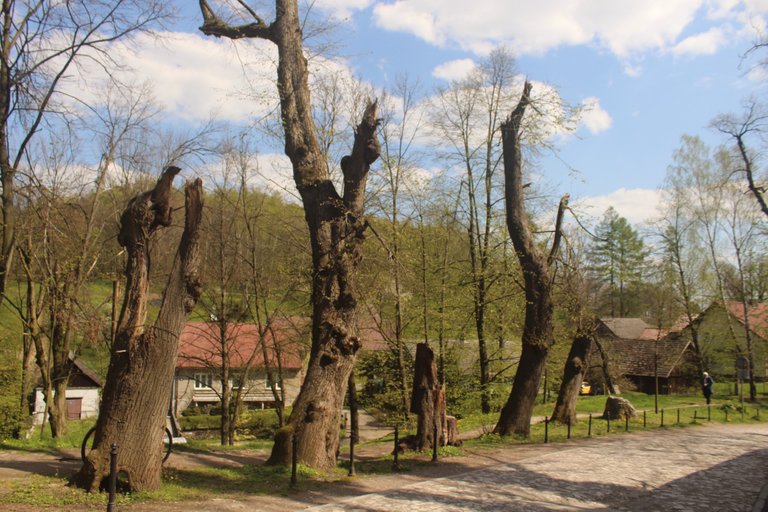
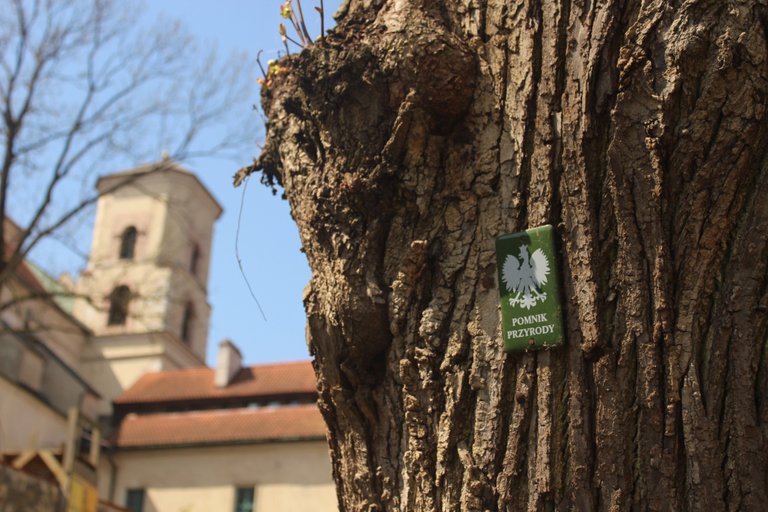
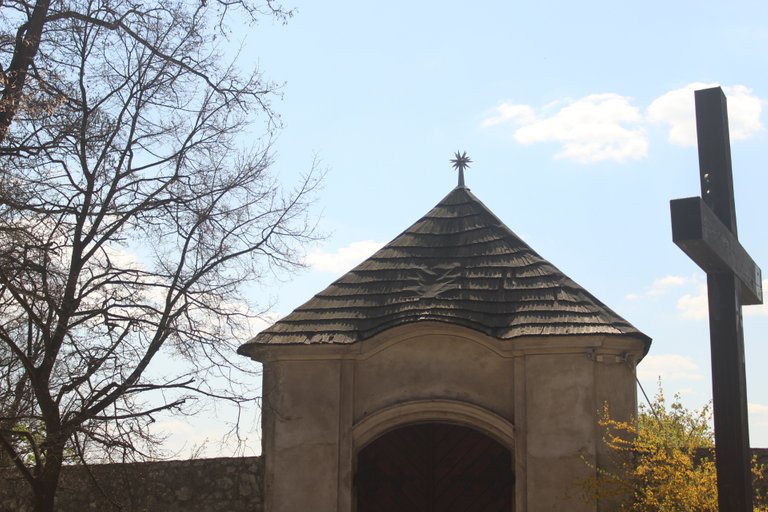
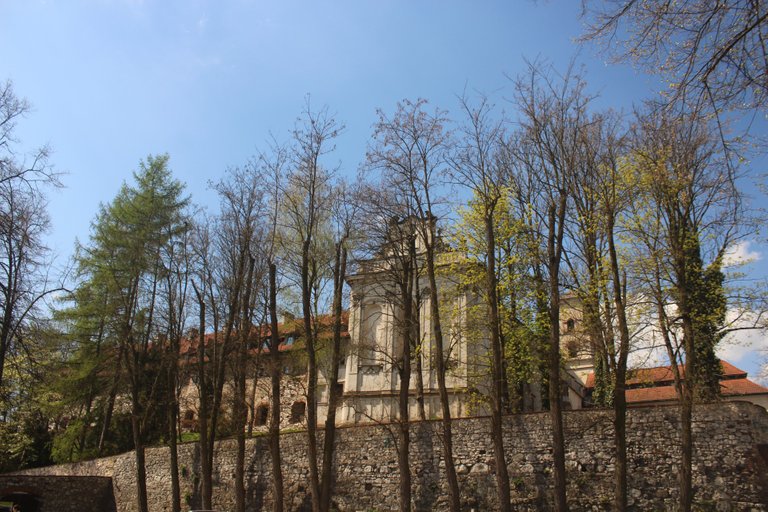
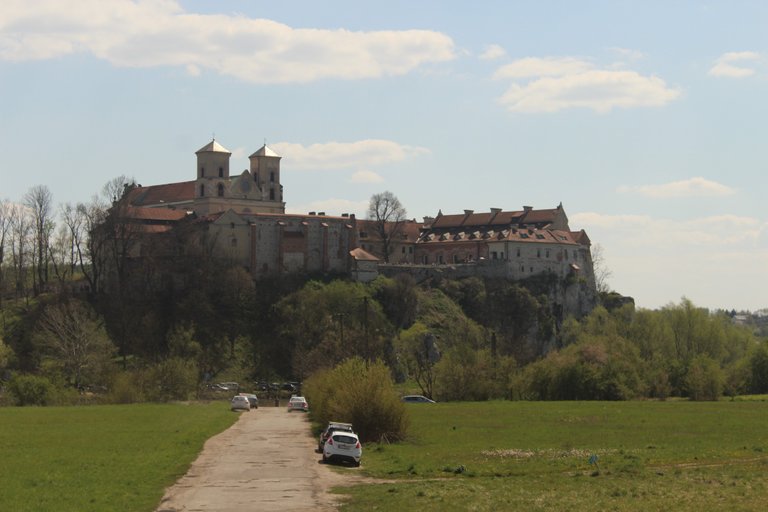
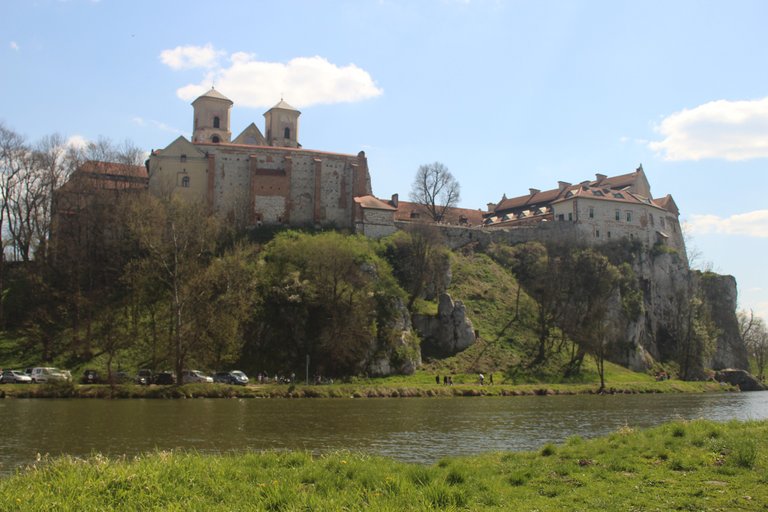
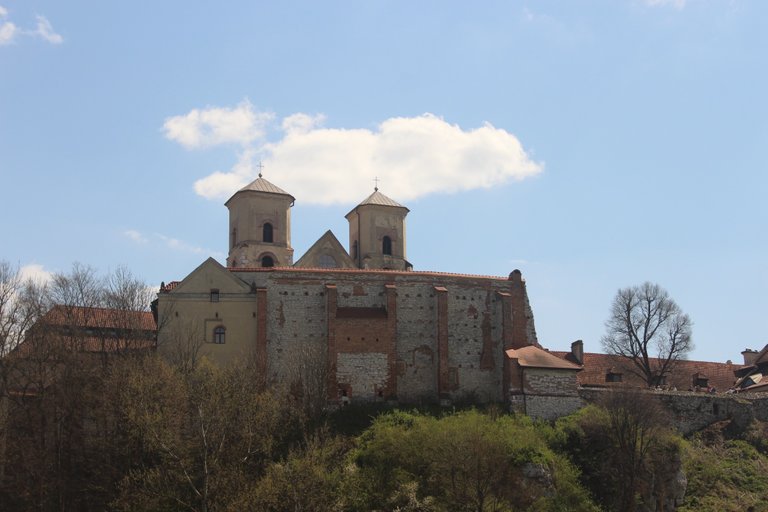
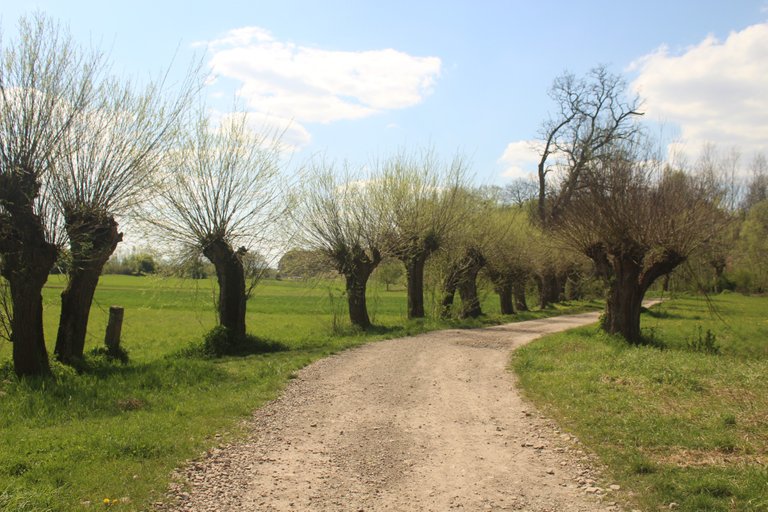
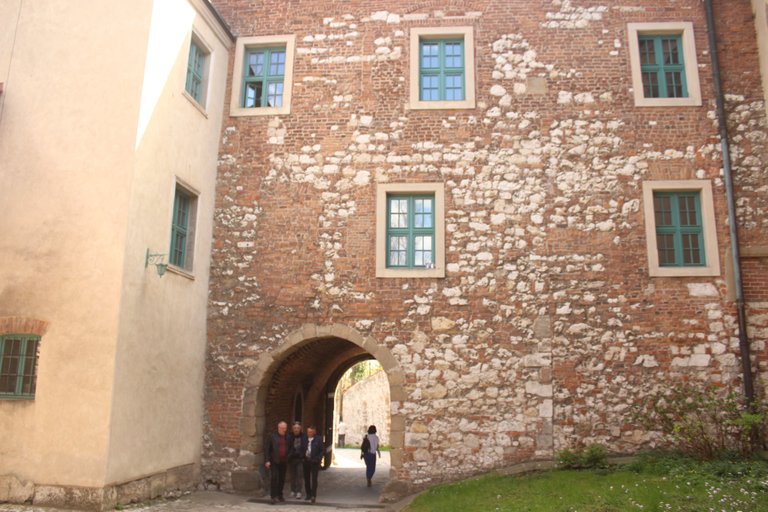
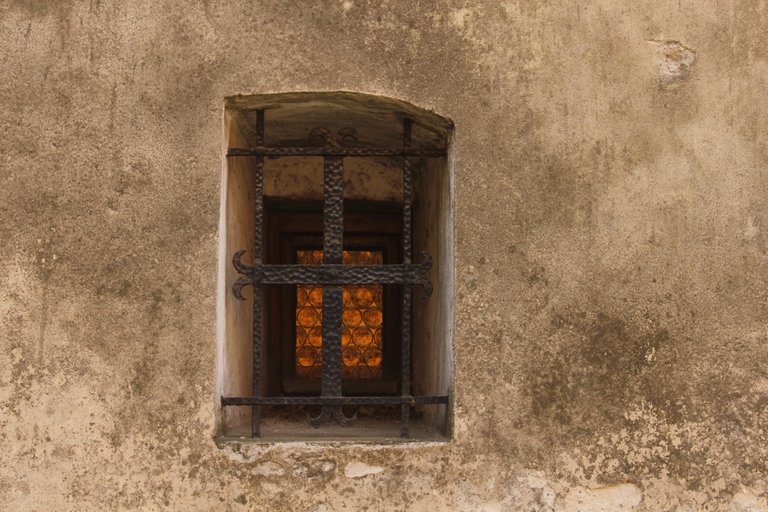
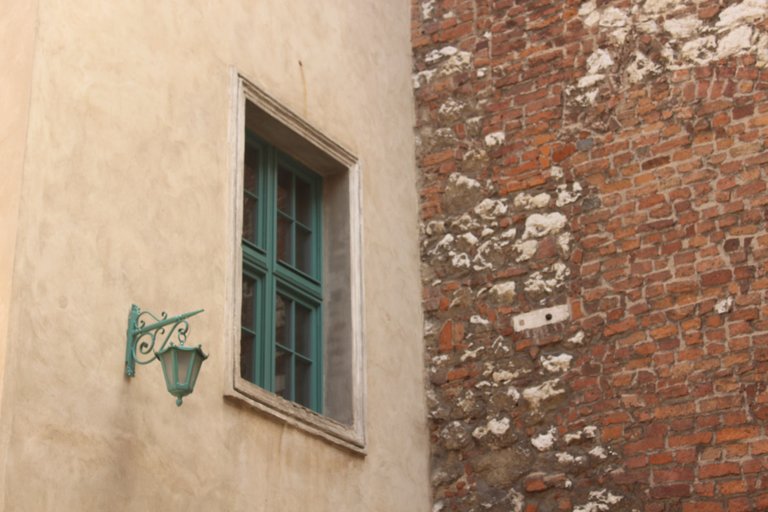
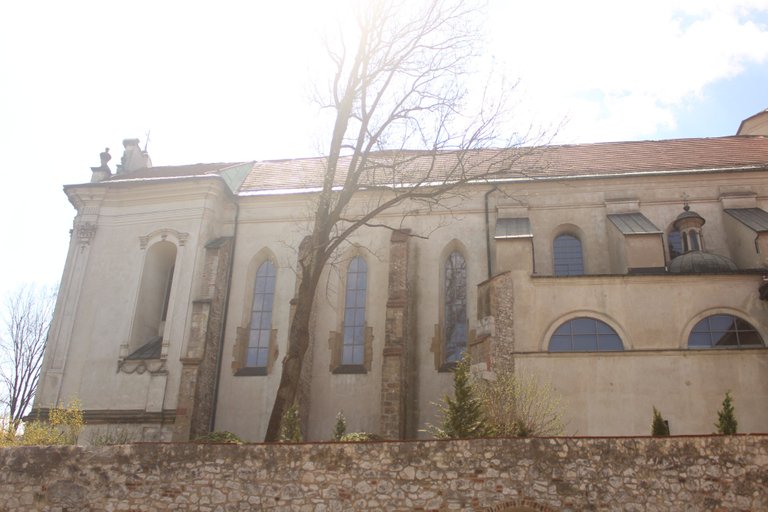
The rewards earned on this comment will go directly to the people( @pl-travelfeed ) sharing the post on Twitter as long as they are registered with @poshtoken. Sign up at https://hiveposh.com.
The church looks extraordinary. Its location, the structure, the architectural design, the history - exquisite!
Thanks for sharing this to us.☺️
wędrując po Beskidach i spoglądając na północ, zawsze wypatruję 2 białych wież na tle zielonego wzgórza
whaaa it is a nice place
Congratulations, your post has been added to Pinmapple! 🎉🥳🍍
Did you know you have your own profile map?
And every post has their own map too!
Want to have your post on the map too?
Daily Travel Digest #1860.
Become part of our travel community:
- Join our Discord
- Learn more about our travel application
Hiya, @ybanezkim26 here, just swinging by to let you know that this post made it into our Top 3 in Your post has been manually curated by the @pinmapple team. If you like what we're doing, please drop by to check out all the rest of today's great posts and consider supporting other authors like yourself and us so we can keep the project going!Congratulations @olusiu! You received the biggest smile and some love from TravelFeed! Keep up the amazing blog. 😍 Your post was also chosen as top pick of the day and is now featured on the TravelFeed.io front page.
Thanks for using TravelFeed!
@for91days (TravelFeed team)
PS: Why not share your blog posts to your family and friends with the convenient sharing buttons on TravelFeed.io?